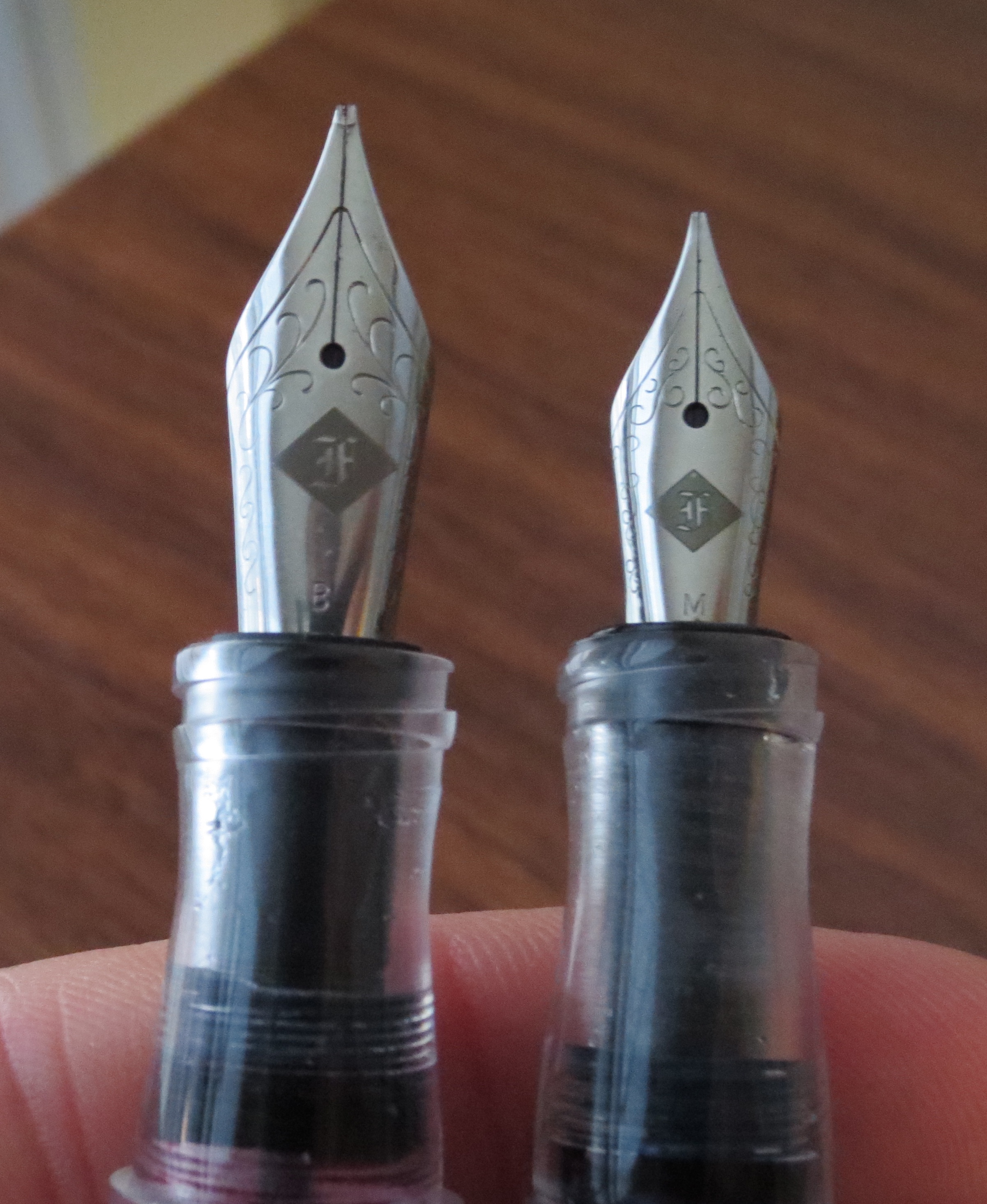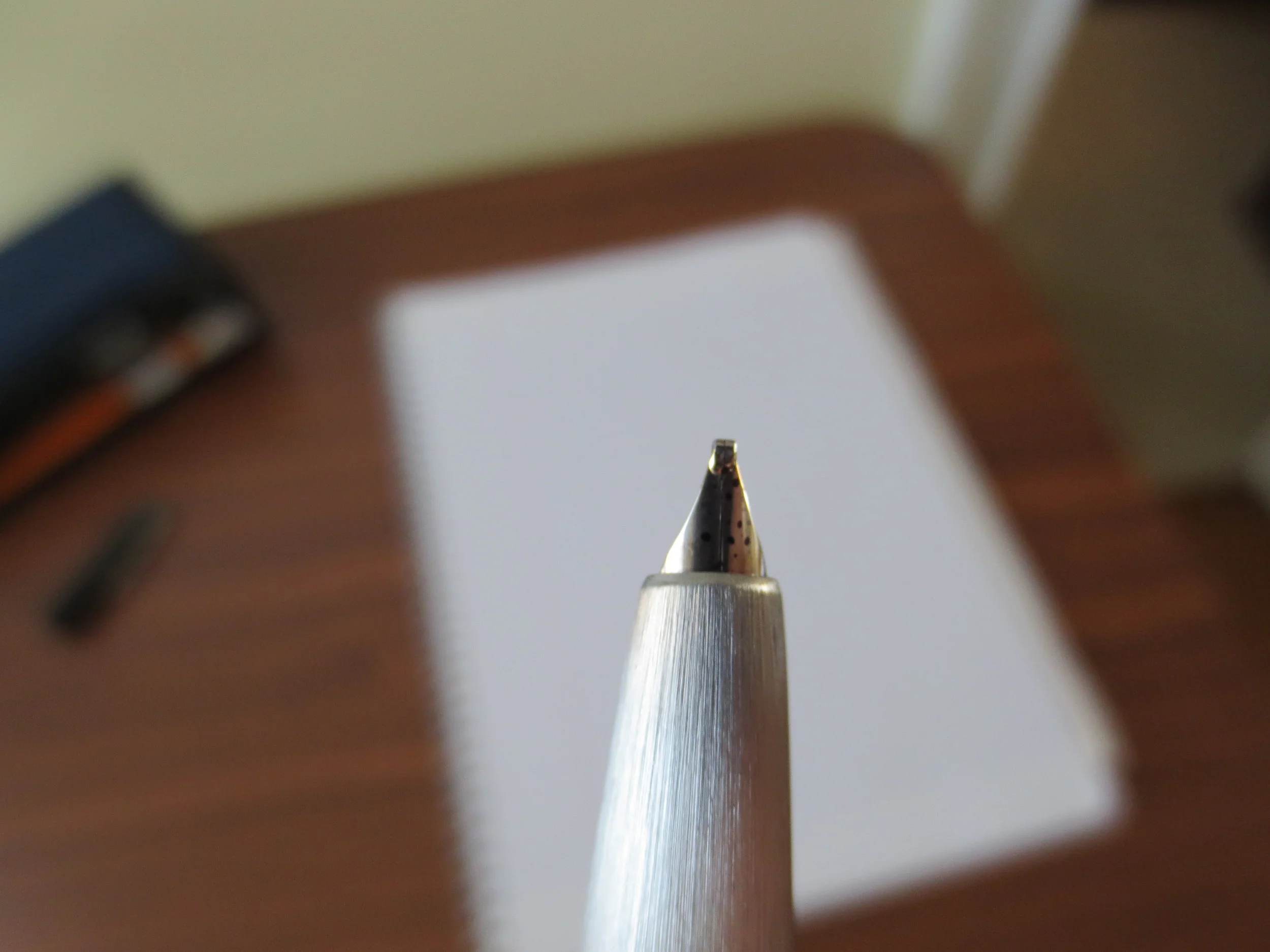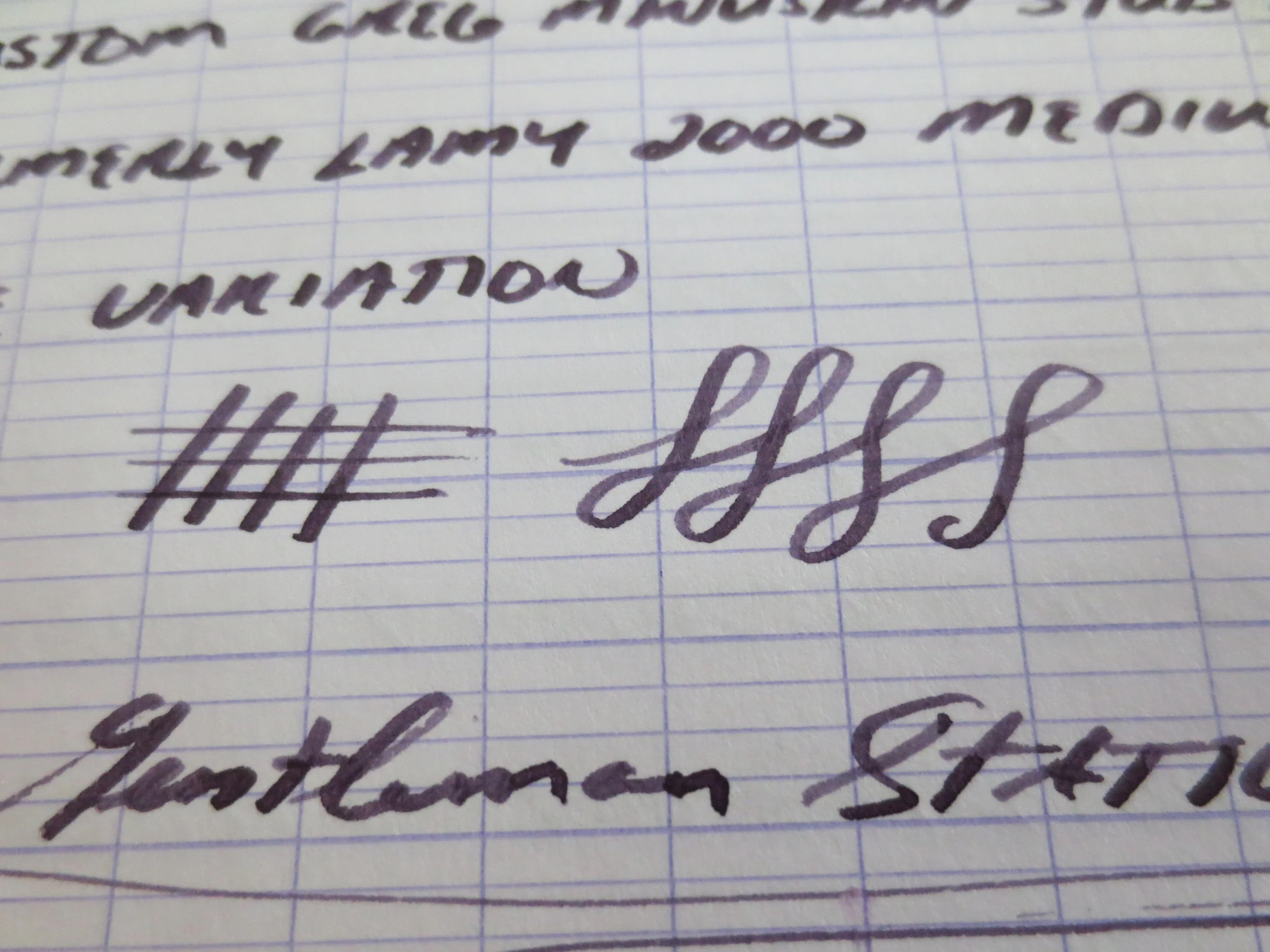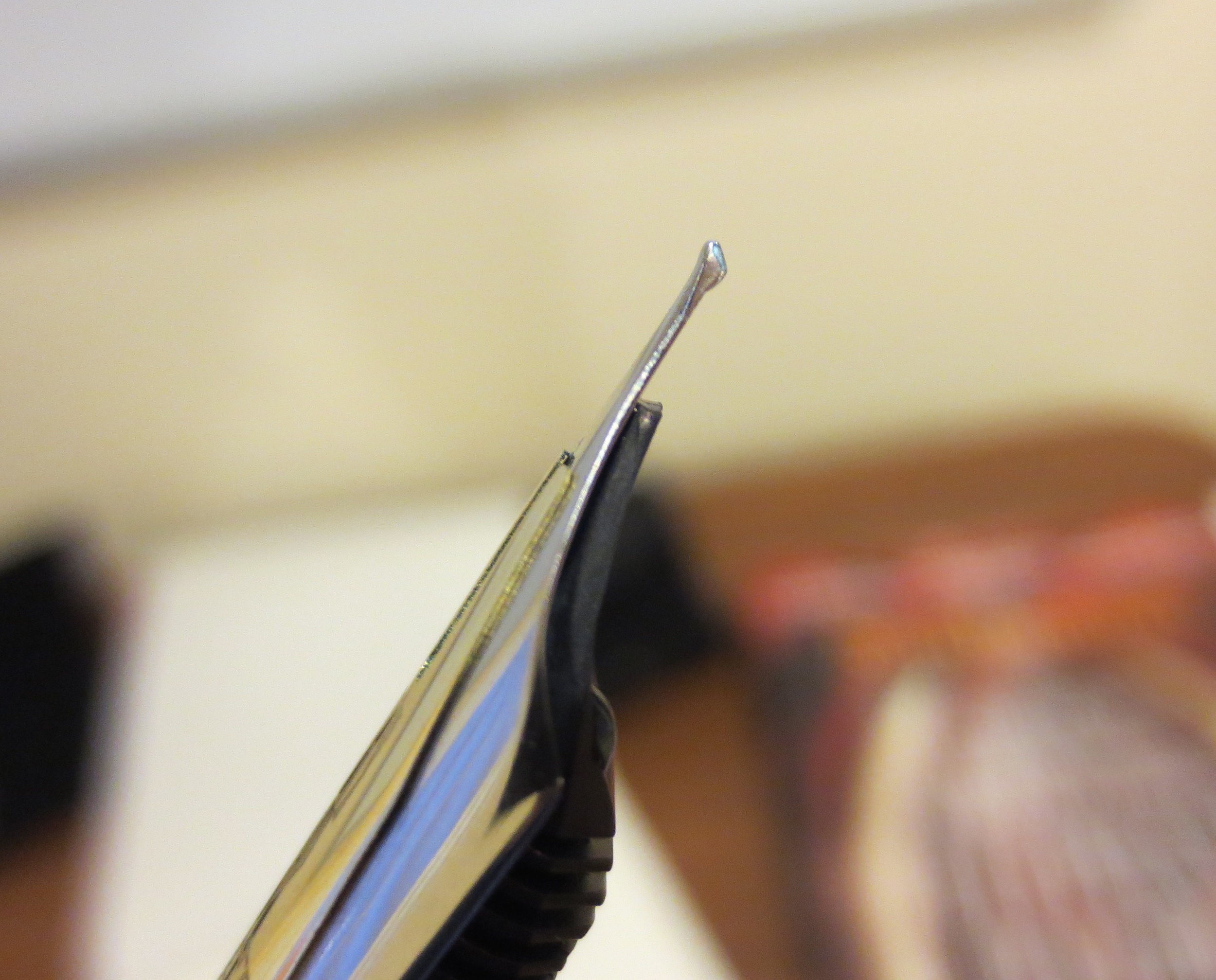The other day I mentioned that I hadn't had the opportunity to update the various "best of" lists on the site. Now that things have quieted down (somewhat) for the summer, at least with respect to my travel schedule, I've had the opportunity to dig in and see if anything has changed. Short answer: it has, and I think fairly significantly.
For those of you who haven't read the prior post (available here), "Tier One" and "Tier Two" pens are terms borrowed from Episode 164 of the Pen Addict Podcast. I use the terms to refer to the different categories of "best pens" in my collection, "Tier One" Pens being those that I typically keep inked up, and that I'd never consider selling. "Tier Two" refers to nice writing pens that are frequently in rotation but are easily replaceable, or vintage pens that I love but are less durable and therefore can't be carried as much.
My Tier One Pens
Out of all the pens that I own, Sailor's Pro Gear Imperial Black Edition is a favorite.
- Sailor Pro Gear Imperial Black Edition. No change here. The Pro Gear Imperial Black remains my "desert island" pen.
- Pilot Custom 823. I hesitated for a long time before buying this pen, mainly because of the price. I shouldn't have. The medium architect's nib that Mark Bacas ground for this pen is exceptional, and he didn't make it too sharp so I can easily use it for everyday writing. It's a no-brainer for the top tier. Look for a review in the near future.
- Pilot Custom Heritage 92 Demonstrator. Another pen that I was an idiot for waiting so long to purchase, especially given the price point at which you can find it. If you're a fan of the colored Custom 74 demonstrators, you can purchase Pilot's Custom Heritage 92 piston filler in the blue, orange, and smoke colors by ordering directly from Japan via Amazon. For whatever reason, Pilot has declined to make these demonstrators available in the United States in anything but the clear acrylic.
- Pelikan M800 Burnt Orange. A new pen that I haven't had the chance to review yet, but I've not been able to put down since I purchased it at this year's Atlanta Pen Show. I worried that the M800 would be too big for my hand, but that's not turned out to be the case. I love the color scheme of this pen, and the Masuyama .4mm cursive italic nib is an exceptional writer on almost any paper.
- Bulkfiller Minimalistica. I had just acquired this pen when I put together my last list, and unfortunately, I've not had it inked up in a while. That needs to change. I really miss having this pen in my daily carry, because it holds a huge amount of ink and the titanium nib is an excellent writer. The "bulkfiller" mechanism is essentially a syringe filler, and is extremely easy to clean out.
My Tier Two Pens
The Lamy 2000 is a reliable, excellent everyday writer. I'd argue than any respectable pen addict should have at least one in their arsenal.
- Lamy 2000 (EF Nib). I love the form factor and weight of the Lamy 2000. For reasons I talk about further later on, I've swapped out my Lamy 2000 with the Minuskin Stub in favor of my Lamy 2000 with the EF Nib.
- Parker Vacumatics. Hands-down my favorite vintage pen. I've found that, like most vintage pens, they tend to burp ink and sometimes leak when exposed to temperature/air pressure fluctuations, so they don't travel all that well, keeping them in the second tier for me.
- Any Sailor Pro Gear. I continue to accumulate Sailor Pro Gears, and I'd call this my overall favorite pen model. I have the Pro Gear Sky limited edition, and I recently picked up the limited edition "Soleil" Realo piston filler from Bung Box (shown below).
- Delta Fusion 82. No longer a "Tier One" but still a strong "Tier 2," Delta's Fusion 82 remains a favorite. (My Marmo Incrinato celluloid pen is currently on an extended vacation to the Atlanta area--look here for a review soon.) I'd argue that the Fusion 82 has one of the best out-of-the-box nibs available.
- Scriptorium Pens Balladeer. I've had a hard time putting this pen down. The Conway Stewart Dartmoor Acrylic might be one of my favorite materials, and the size, weight and balance of this pen make it perfect for long stretches of writing. Once I finish up the fill of ink that I currently have in this pen, I'll probably eyedropper it, since the barrel is drilled out for maximum ink capacity.
What's the main difference between the new list and the old list? No stub nibs. Why? I've discovered cursive italic nibs, which typically have a lower ink flow, and therefore play nice with smaller handwriting, especially on cheap paper. I'm enjoying architect's nibs for the same reason, provided they're not ground too sharp, to the point where they will dig in and either tear the paper or get clogged up with paper fiber.
That said, I'm not going to rush out and sell all of my stubs immediately. For one thing, I may explore whether it's possible to grind some of them down to cursive italics that I'd use more. I imagine it would be fairly easy to do that (though I'd defer to someone who actually knows what they're doing on that point).
I've left the old list indexed on the site, because I find it fun to see how my tastes have evolved over time.
DISCLAIMER: This post contains affiliate links, through which I may be compensated a small amount if you purchase an item from certain sites linked to in this article. While I'd greatly appreciate it if you use these links to purchase something you are interested in, you are, of course, under no obligation to do so. Many thanks!









